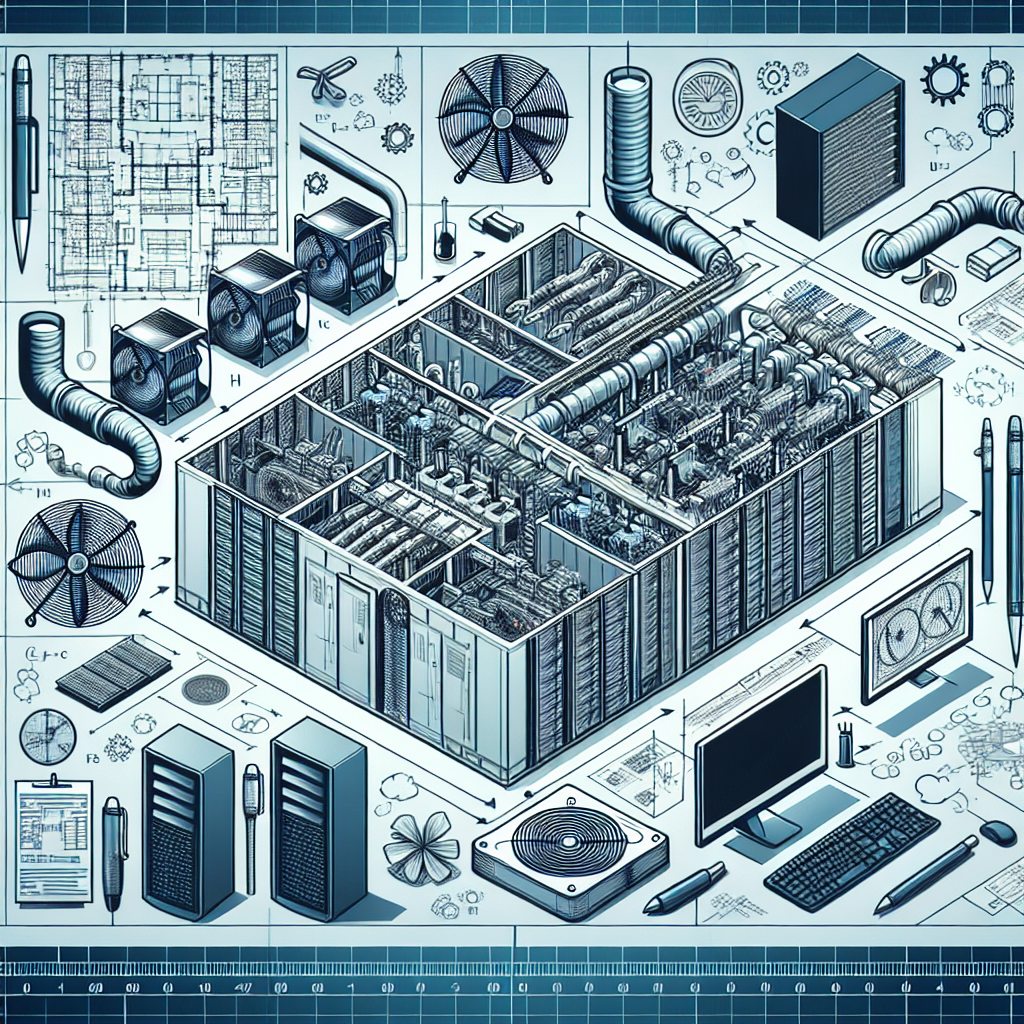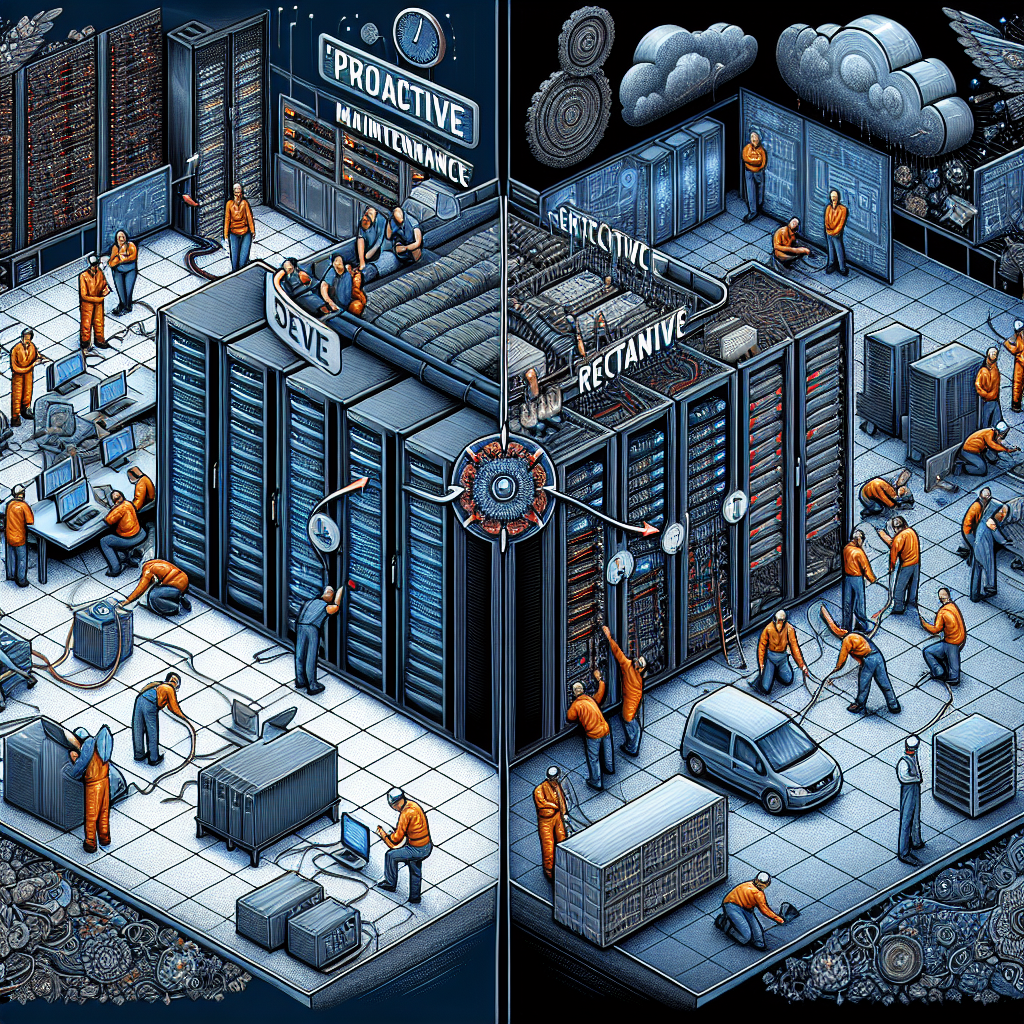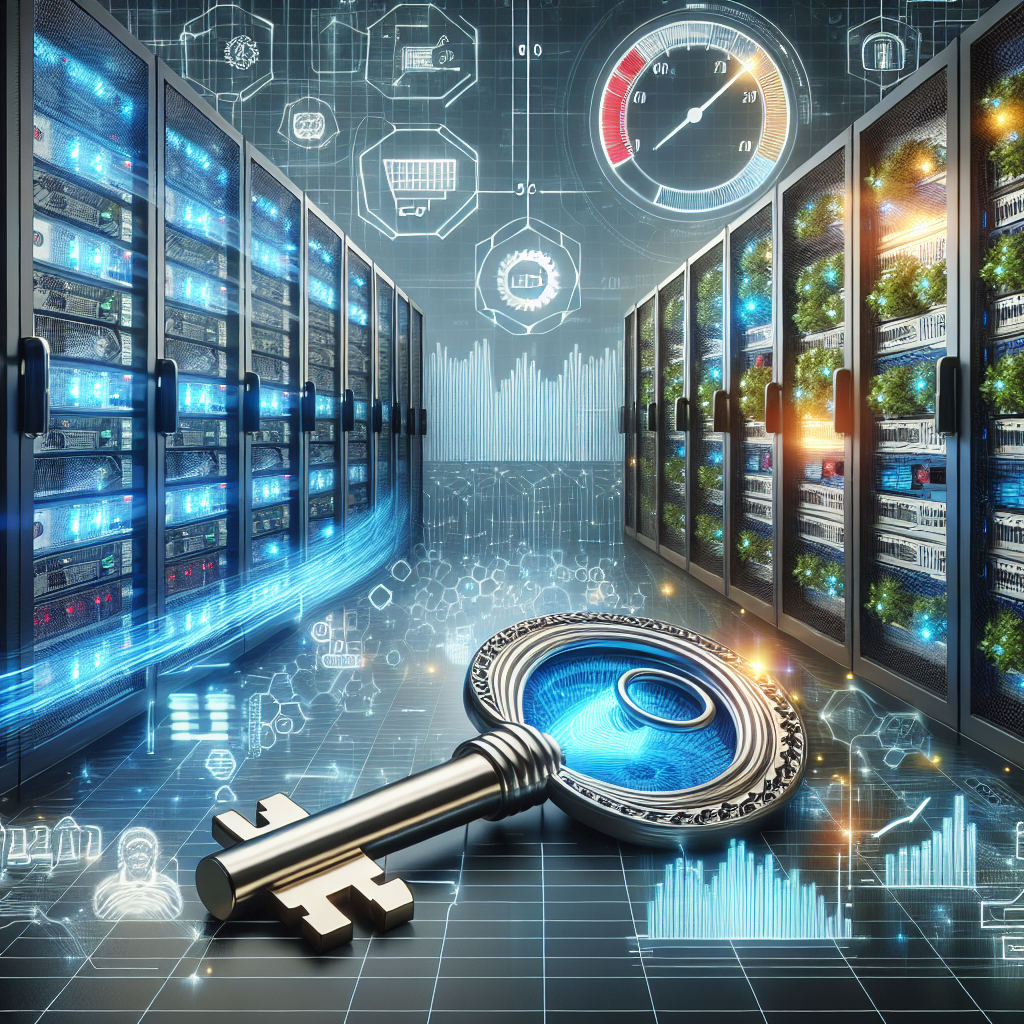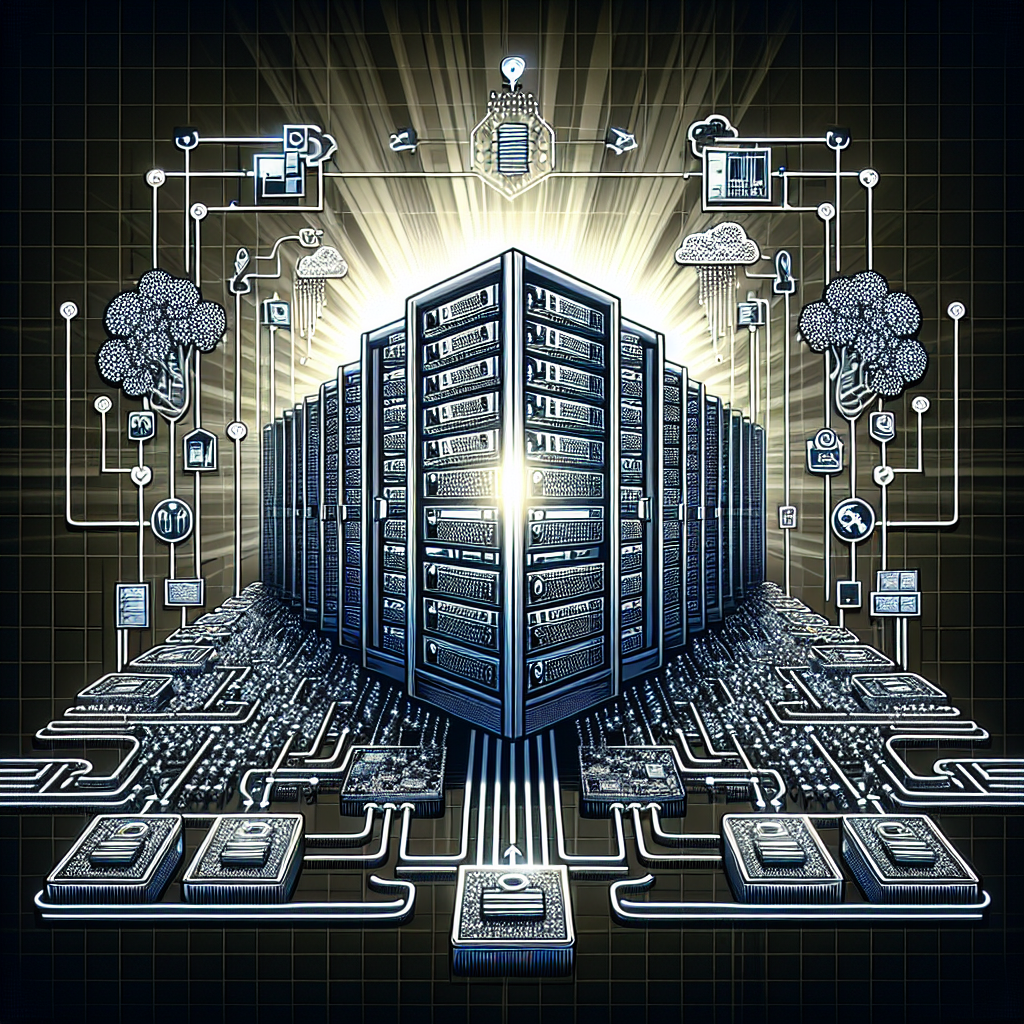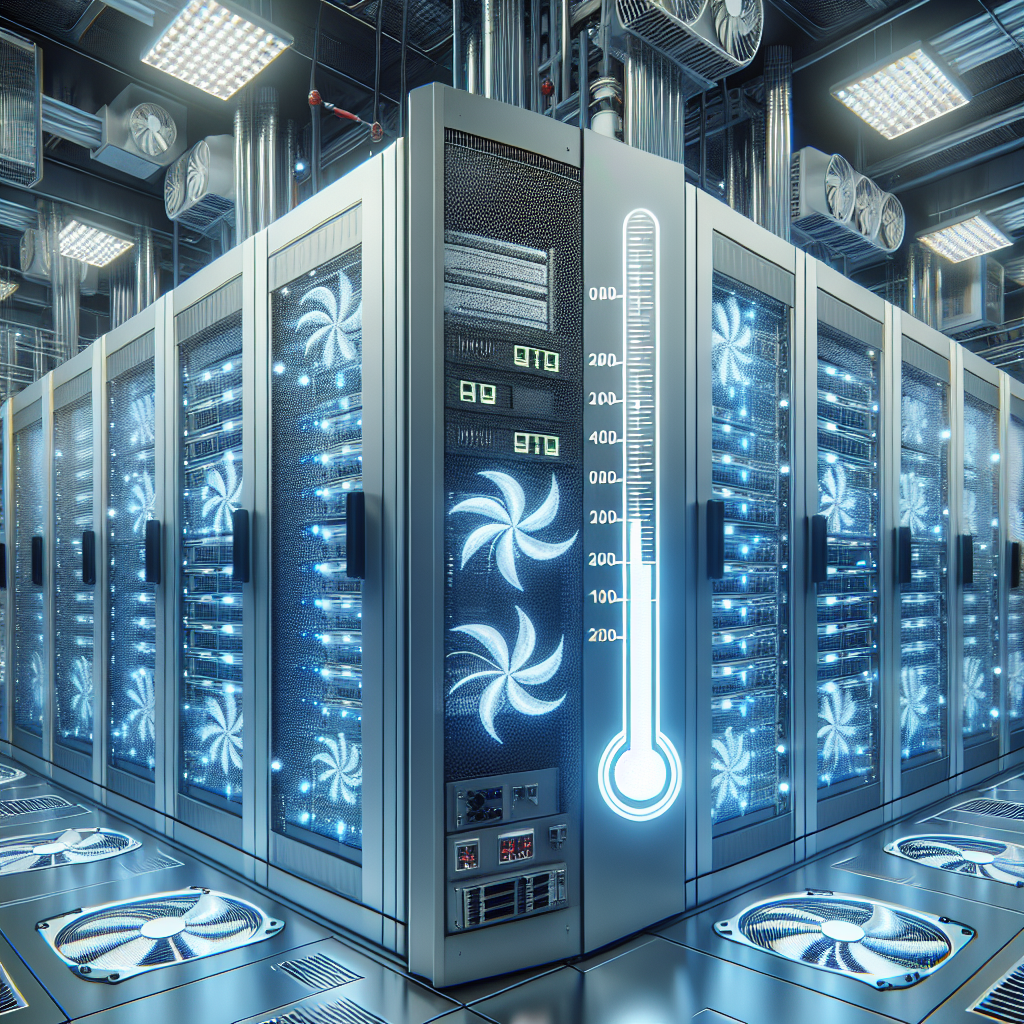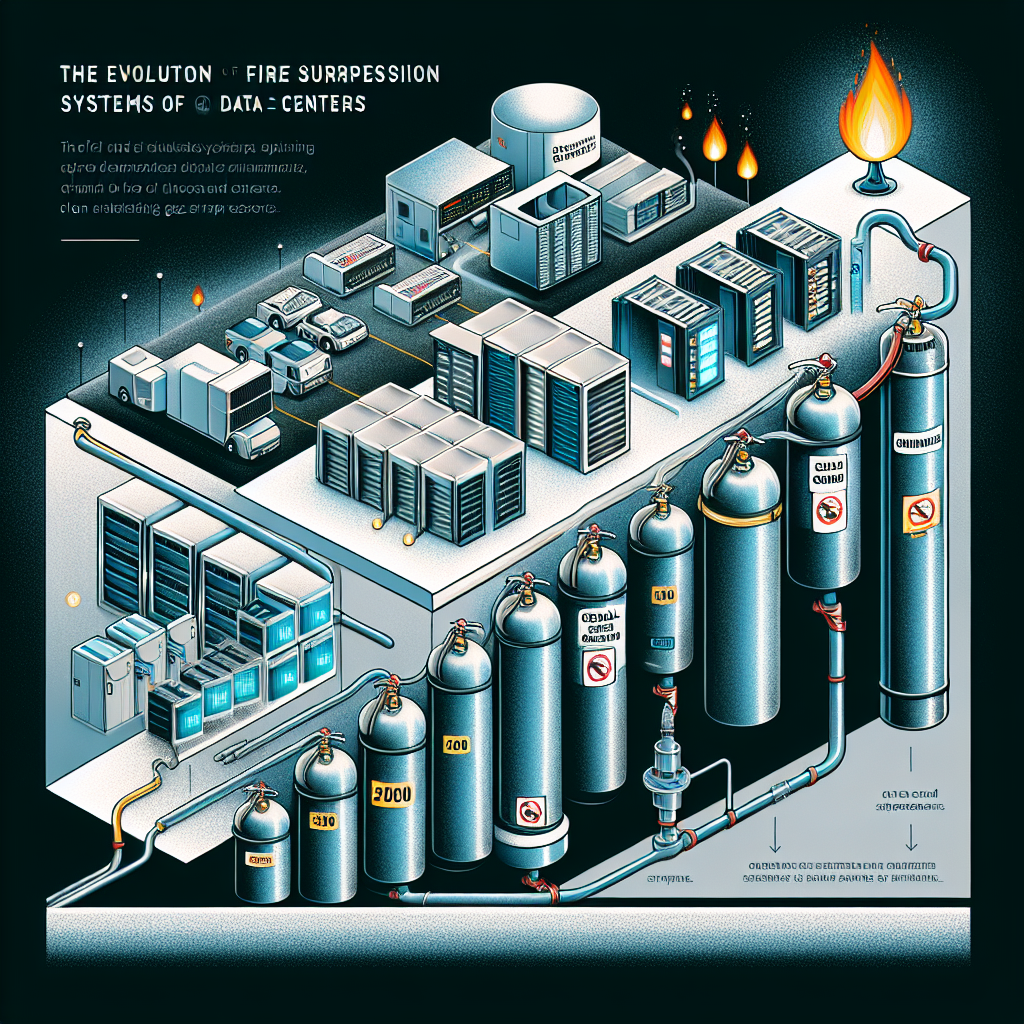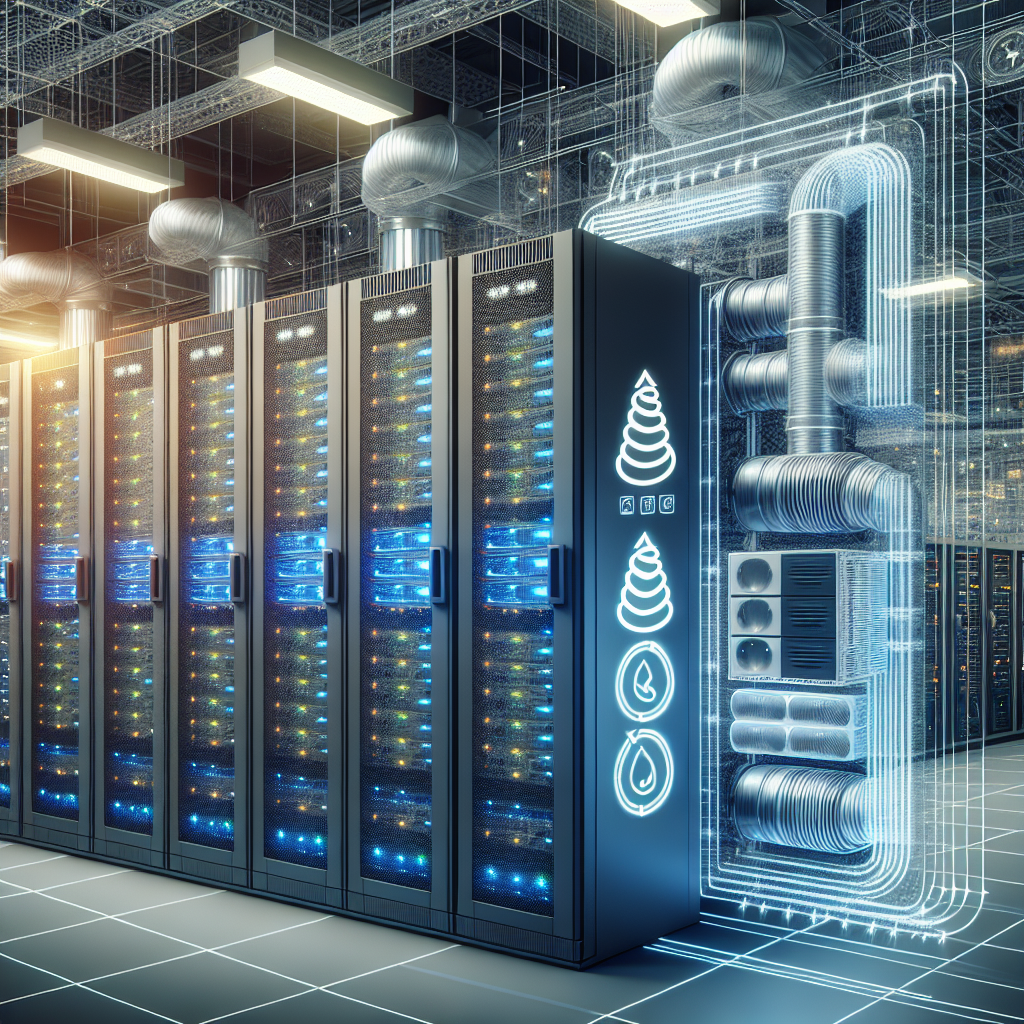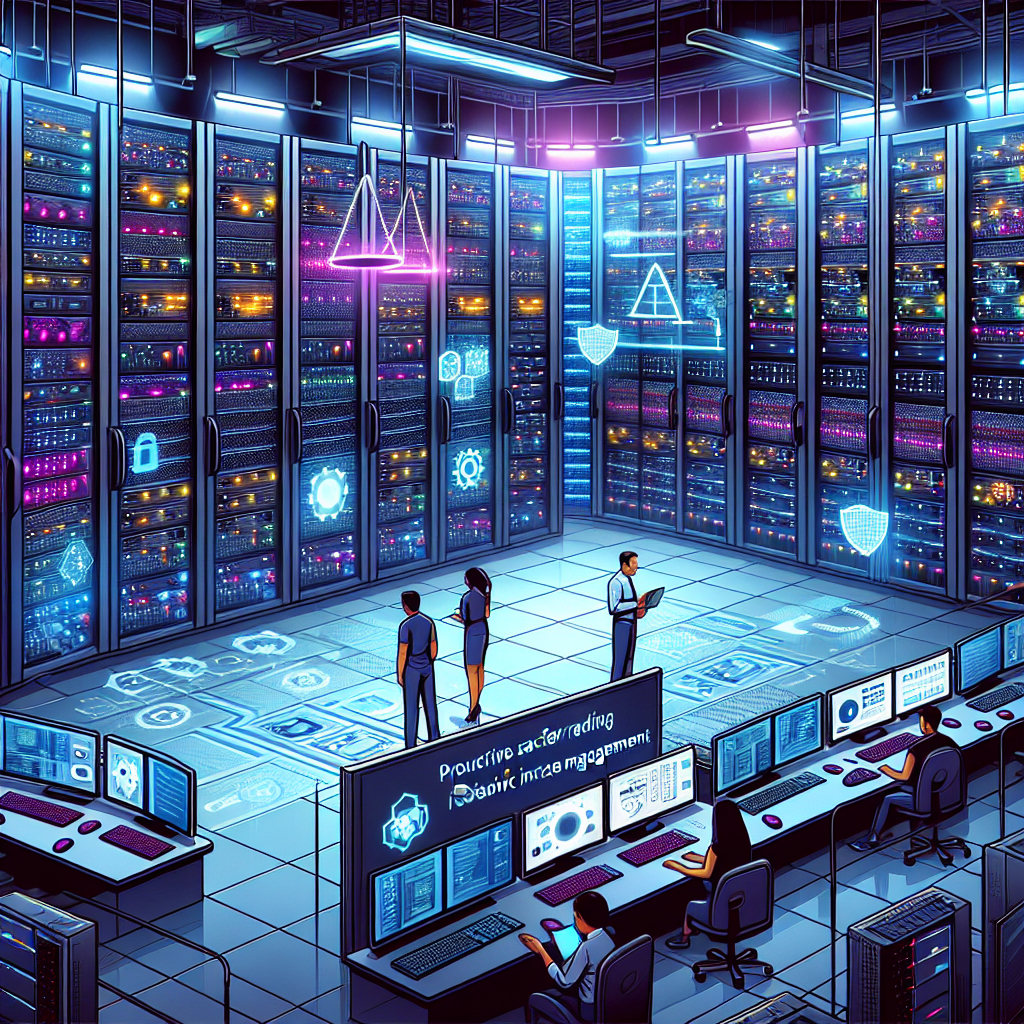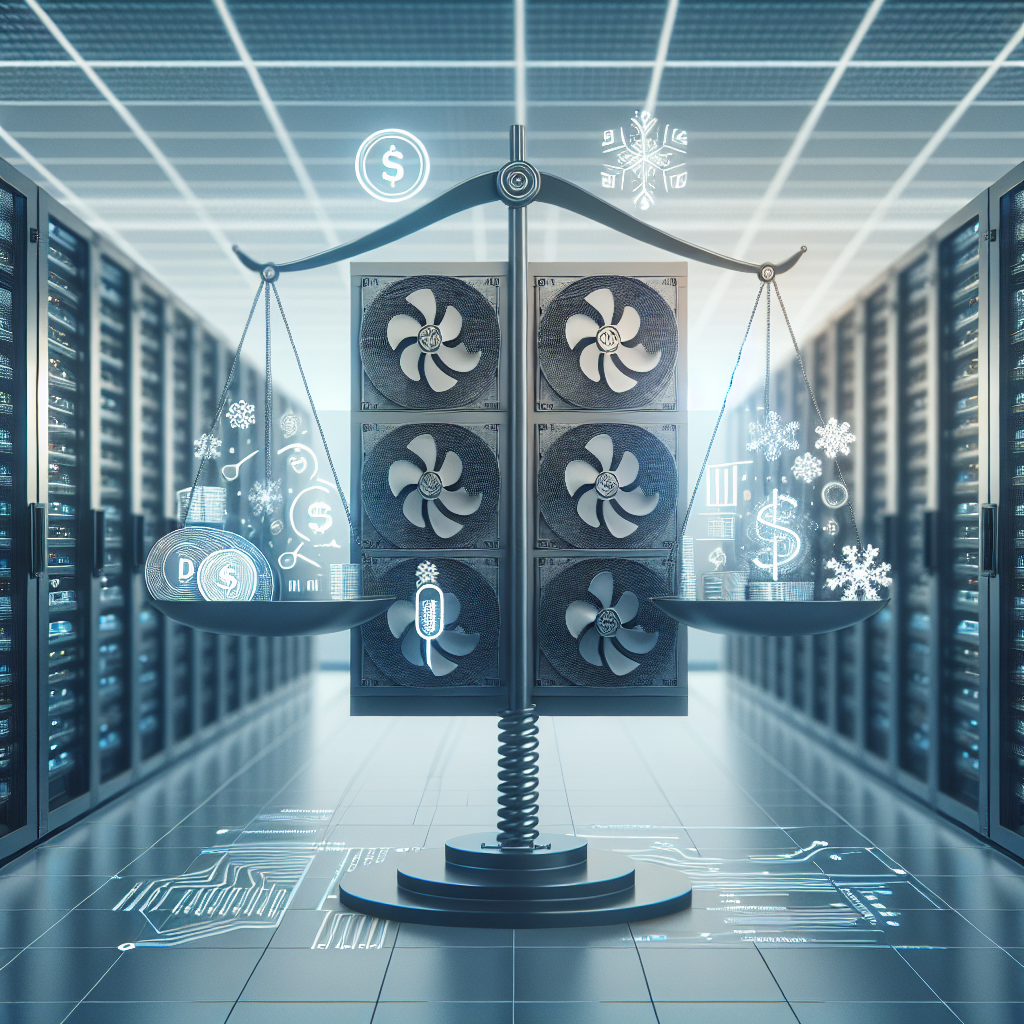Data centers are critical to the operation of businesses in today’s digital age. As the demand for data storage and processing continues to grow, the need for efficient and reliable HVAC systems in data centers becomes increasingly important. Proper HVAC design is essential to maintaining optimal operating conditions for servers and other equipment, as well as ensuring the safety and comfort of personnel working in the facility. Here are some key considerations for HVAC design in data centers:
1. Cooling capacity: One of the most important factors to consider in HVAC design for data centers is cooling capacity. Data centers generate a significant amount of heat due to the operation of servers and other equipment. The HVAC system must be capable of removing this heat efficiently to prevent equipment overheating and downtime. The cooling capacity of the HVAC system should be carefully calculated based on the size of the data center, the amount of equipment, and the heat load generated.
2. Redundancy: Data centers are typically mission-critical facilities where downtime can have severe consequences for businesses. HVAC systems in data centers should be designed with redundancy in mind to ensure continuous operation in the event of a system failure. This may include the use of backup cooling units, redundant power supplies, and redundant control systems to minimize the risk of downtime.
3. Air distribution: Proper air distribution is essential for maintaining uniform temperatures and humidity levels throughout the data center. The HVAC system should be designed to deliver cool air to the equipment intake areas and exhaust hot air away from the equipment exhaust areas. This can help to prevent hot spots and ensure optimal operating conditions for the equipment.
4. Energy efficiency: Data centers are known for their high energy consumption, and HVAC systems can account for a significant portion of this energy usage. Designing an energy-efficient HVAC system can help to reduce operating costs and environmental impact. This can include the use of high-efficiency equipment, such as variable speed drives and energy recovery systems, as well as implementing best practices for airflow management and temperature control.
5. Monitoring and control: Proper monitoring and control of the HVAC system are essential for maintaining optimal operating conditions in the data center. A reliable control system should be in place to monitor temperature, humidity, and airflow, as well as to make adjustments as needed to maintain the desired conditions. Remote monitoring capabilities can also help to identify issues early and prevent downtime.
In conclusion, HVAC design is a critical aspect of data center design and operation. By considering factors such as cooling capacity, redundancy, air distribution, energy efficiency, and monitoring and control, data center operators can ensure that their HVAC systems are capable of meeting the demands of a modern data center environment. Investing in a well-designed and properly maintained HVAC system can help to protect valuable equipment, minimize downtime, and ensure the continued operation of the data center.
